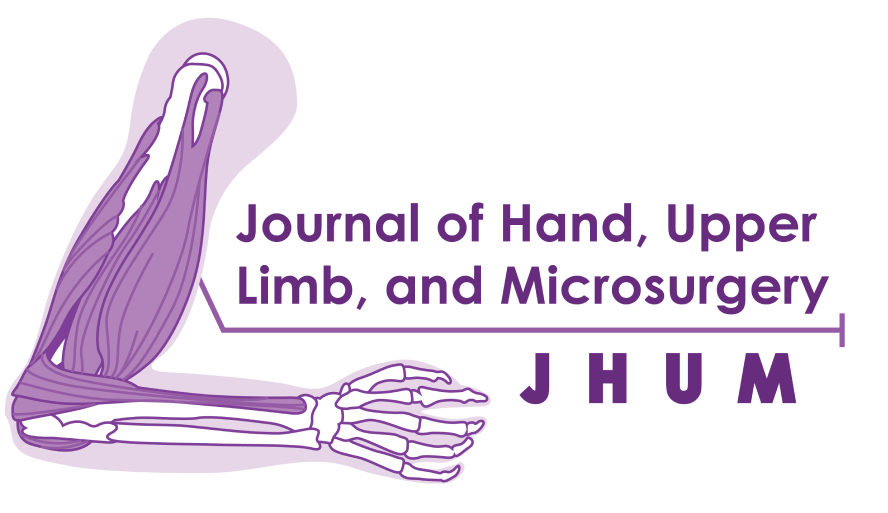Effectiveness of Fast, Reliable and Safe (FARES) Method as A New Reduction Technique for Management of Acute Anterior Shoulder Dislocation
A Systematic Review of Recent 10-year Studies Since It Invented
DOI:
https://doi.org/10.59452/jhum.v1i1.113Abstract
INTRODUCTION
The FARES method is a fast, reliable, and safe way to reduce anterior glenohumeral dislocations. Reduction is performed by one physician, without the need to use analgesics or anesthesia. This method has been proven to be effective and has not been accompanied by complications. Moreover, it appears to be less painful and is faster than other methods of reducing glenohumeral dislocations.
MATERIALS AND METHODS
This systematic review was conducted based on PRISMA guideline. Literature research was primarily performed using the Pubmed, EMBASE, and Cochrane Library to search for studies about effectiveness of FARES method in management of acute anterior shoulder dislocation to November 23rd, 2019 with the keywords "FARES " OR "Fast Reliable Safe" AND "Method" OR “technique” OR “Closed Reduction” AND "anterior shoulder dislocation" OR "acute shoulder dislocation". We filtered the search to include only studies in human, published in the last 10 years, and ones written in English. After that, we combed through all articles cited and citing the articles so as not to miss any relevant articles.
RESULTS
From 4 articles, 2 articles were prospective randomized controlled trial study (level I of evidence) and 2 articles were descriptive case series and prospective study (level III and IV of evidence) respectively. Characteristic of reduction outcome included in this systematic review were VAS, reduction time, success rate of reduction in first attempt and complication during this method. FARES method in most article result in VAS < 2 with FARES method. Reduction time of FARES method ranging from 0.5 – 2.5 minutes. All articles show good success rate of reduction in first attempt with FARES method ranging from 75%-92.54%. There is no any complication obtained after anterior shoulder dislocation reduction with FARES method
CONCLUSION
This systematic review reports successful outcome of FARES method application in patient with anterior shoulder dislocation and this method could be promising technique in future treatment of anterior shoulder dislocation.

